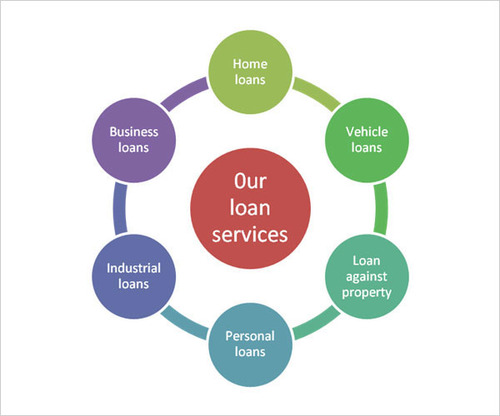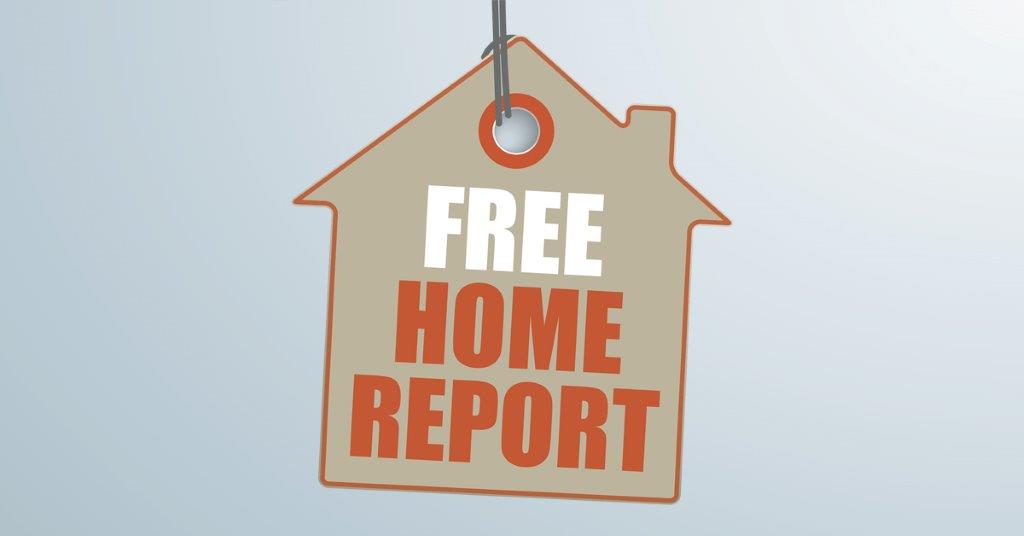Loan Types
The major types of home loans available are:
-Variable Rate Loans
-Fixed Rate Loans
-Split Loans
-Interest Only Loans
-Line of Credit Loans
-Low Deposit Home Loans
-Low Doc or No Documentation Loans
-Non-Conforming Loans
Variable Rate home loans
The rate charged on a variable loan usually move up or down in accordance with movements in interest rates, as set by the Reserve Bank. Basic variable loans generally have fewer loan features than a standard variable loan. Basic variable loans are suitable if you are looking to pay off a consistent amount over the full term of the loan, but are not suitable if you are looking to pay off your mortgage quickly.
Fixed Rate home loans
A fixed rate loan is a loan that has a fixed interest rate and therefore fixed loan repayments. The time period of these loans can vary, but you can usually lock in your repayments for between 1-5 years. And the total length of the loan itself may be 25 or 30 years. At the end of the fixed loan period you can decide whether to fix the loan again for another period of time at the current market rates or convert the loan to a variable interest rate for the remaining time left of the loan.
Split Loans
A split rate loan is a loan that has one portion of the loan fixed and one portion variable. You can select how much to allocate to each.
Interest only loans
You repay only the interest on the principal during the term of the loan therefore, repayments are lower than with a standard principal and interest loan. At the end of the interest only period usually one to five years you must start making principal and interest Repayments over the remaining term of the loan.
Line of Credit loans
This type of property loan revolves around equity built up in your property and allows access to funds when needed. These products are creative ways to raise funds for property investment by providing cash up to a pre arranged limit. Each month the loan account balance is reduced by the amount of cash coming in and increased by the amount paid on the credit card or withdrawn in cash. As long as there is consistently more cash coming in than going out these accounts can work well. However, they can be very costly if the balance of the line of credit is not regularly reduced. It usually requires an interest only payment as a minimum each month, which can add up to a lot of interest over the long term.
Low Deposit Home Loans
Found your dream home but haven’t saved enough for a deposit? If you’re an owner occupier, you may buy your home with as little as 5% of the purchase price plus associated costs, whether it is your personal savings, a gift from family or another source. You just need to make sure you can show genuine savings, that you can afford the repayments and have funds to cover the transaction costs and a deposit bond, if required.
Low-doc home loans
If you’re self employed, you may not have the amount of paperwork that’s normally required to apply for a Loan. A Low Documentation (Low Doc) Loan may allow you to obtain the finance when you want, without the usual financial statements or tax returns.
Non conforming home loans
People with poor credit ratings often have trouble sourcing a home loan. Many lenders now offer what are known as non conforming loans for people in this type of situation. While lenders are willing to overlook prior credit problems, they will want to see some evidence of your ability to repay the loan. A larger deposit will generally be required also.






